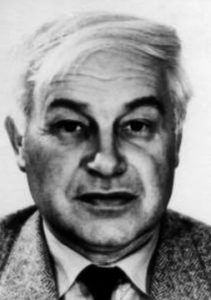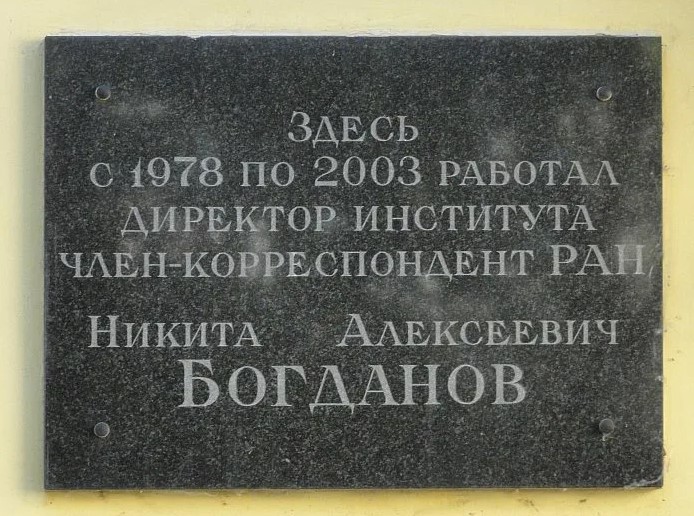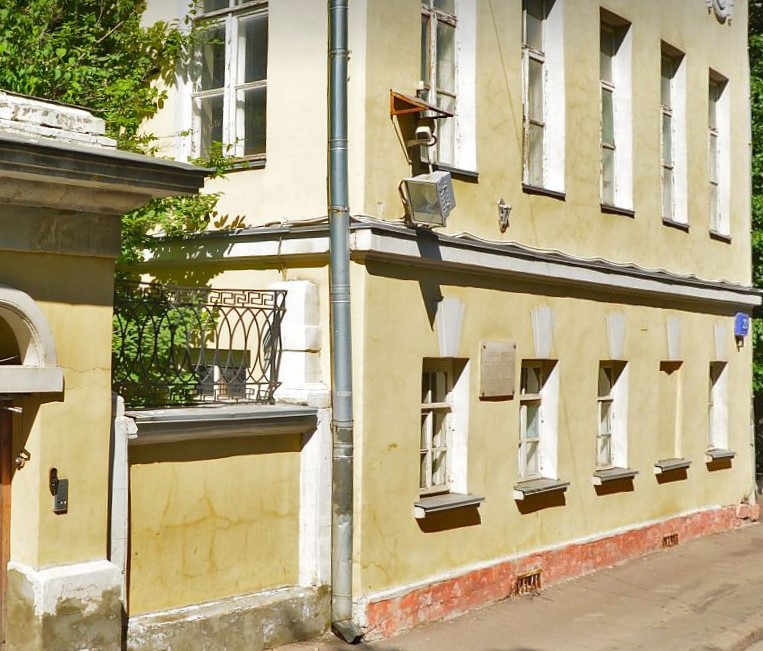Nikita Alekseevich
Bogdanov
1931-2003

Nikita Alekseevich Bogdanov was born on June 23, 1931 in Moscow. He graduated from the Geological Exploration Faculty of Moscow Geological Exploration Institute (1954). He was a Candidate of Geological and Mineralogical Sciences (1962), Doctor of Geological and Mineralogical Sciences (1974). He was a Professor of the Department of Dynamic Geology of the Faculty of Geology (1990), the Director of the Institute of Lithosphere of the Russian Academy of Sciences (1984), a Corresponding Member of the Russian Academy of Sciences (1990). His research interests were tectonics, structure of folded structures of the Pacific Ocean, geology and tectonics of marginal and inland seas. Since 1956, for 5 years, he worked in expeditions in the Omulevsky Mountains, the Tas-Khayakhty ridges and the Momsky, Prikolymsky uplift and other areas of the Indigirka and Kolyma basins. These field studies formed the basis of his PhD thesis Paleozoic geosynclines of the Kolyma Massif and the Eastern Arctic. After defending his thesis, he continued to study Paleozoic complexes in Northeast Asia – on the Wrangel and Sakhalin Islands, as well as on the Golden Ridge of the Koryak Highlands. In 1964 at the invitation of the University of New South Wales (Sydney, Australia) he was sent to work by a teacher for a year and a half. While he was in Australia, he got acquainted with the structure of the entire Lochlan folded system from the island of Tasmania to the York Peninsula, and also visited New Zealand and New Guinea with long geological excursions. Returning to Moscow, he finished his work on the paleozoids of Eastern Australia. After finishing his work on Sakhalin, he began to study the tectonics of the ocean floor. He proposed a special class of structures – thalassogeosynclines, which was a step forward before the development of plate tectonics. Later, during field trips in Mexico, Japan and Canada, he focused on oceanic volcanic and sedimentary complexes. In 1967-1968 he was a professor at the University of California, Los Angeles. During this time, he got acquainted with the structure of the Paleozoic section from Alaska to Honduras. Subsequent work in Alaska and the Koryak Highlands allowed him to form his own opinion about the structure and nature of the formation of Paleozoic complexes throughout the folded framing of the Pacific Ocean. All these studies were the basis for his doctoral dissertation Paleozoic geosynclines framing the Pacific Ocean. Already in the course of work on his dissertation, he began to engage in the typification of oceanic sections, including the ophiolite complex. Since 1973 he was specially engaged in the tectonics of ophiolites. At the same time, he switched to studying the tectonics of the ocean floor, primarily giving preference to the tectonics of the marginal seas. He participated in several scientific research sea expeditions in the Pacific and Atlantic Oceans. Within our country, the main object of his work was the Koryak Highlands, first in the north, and since 1975 – in the south in the Olyutorskaya zone.
Address: Moscow, Staromonetny lane, 22, p. 1

